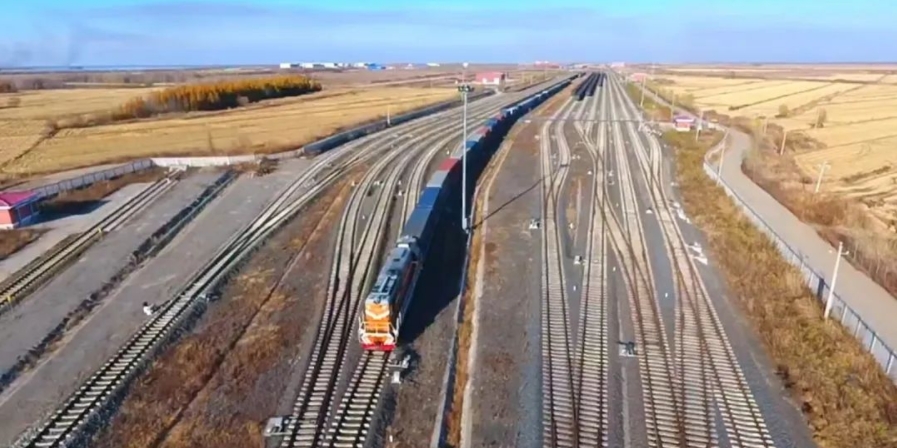
Throughout this year, China’s foreign trade has shown steady progress, creating a strong demand for cross-border freight transportation. The CRE train has achieved stable operations to meet this demand. The port of Manzhouli has seen over 200 CRE return trains for ten consecutive months, maintaining its position as the top entry port for CRE trains. In the fourth quarter, the Suifenhe port actively cooperated with customs and other authorities to carry out “Railway Fast Passage” services, optimizing the process of train examination and speeding up various operations such as cargo entry, transshipment, and transportation, reducing overall operating time by 1 to 2 days compared to the past. At the end of October, the Tongjiang port officially opened the return route of the CRE train, achieving bidirectional connectivity for inbound and outbound trains. The inbound return routes of the CRE trains now cover mainly Heilongjiang, Jilin, Liaoning, and other regions.
In the first three quarters of this year, the number of CRE trains in the three northeastern provinces has steadily increased. The railway authority has fully utilized the advantageous geographical location of these ports, promoting the construction of railway infrastructure, expanding the scale of import and export trade in the northeastern region, deeply integrating into the high-quality construction of the “Belt and Road” Initiative (BRI), and playing a greater role in serving the establishment of a new development pattern with the domestic cycle as the mainstay and the domestic and international cycles promoting each other.
 附件:
附件: